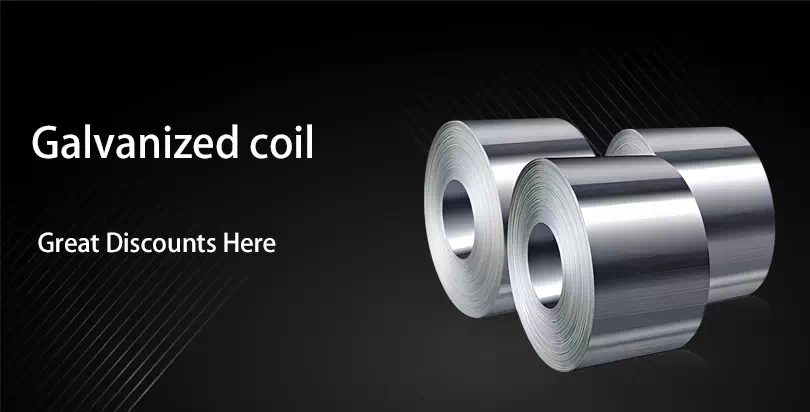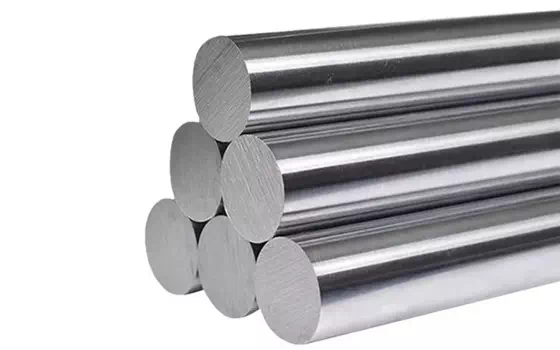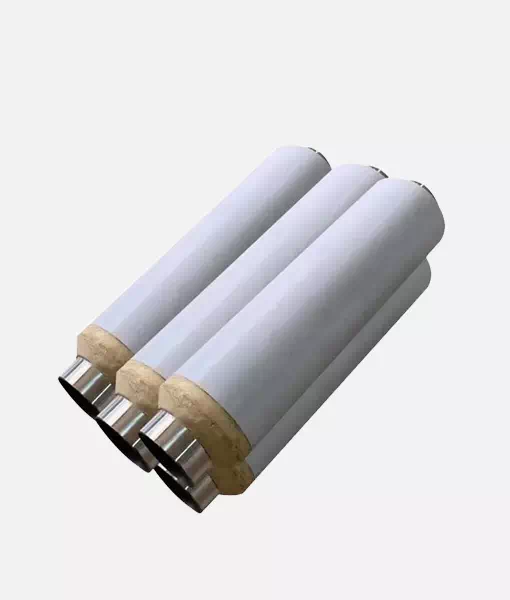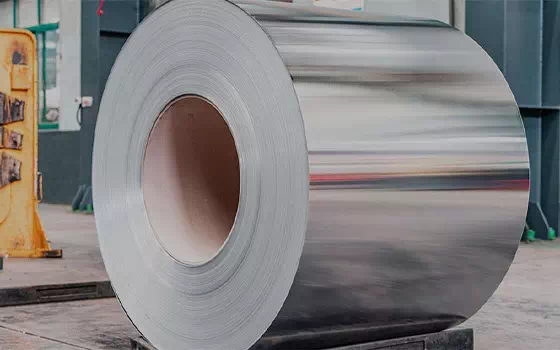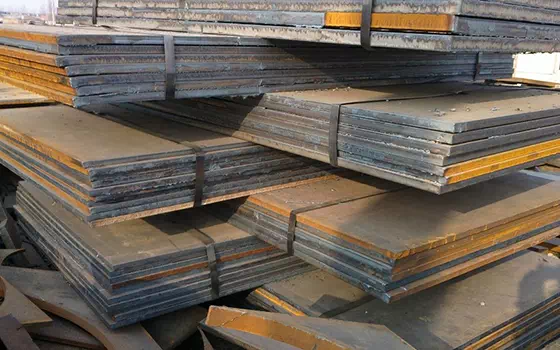The natural zirconium-containing silicate ZrSiO4 is known as Zircon or hyacinth. This mineral is widely distributed in nature and has a variety of colors ranging from orange to red. Because of its beauty, zircon has been prized as a gem since ancient times.
The natural zirconium-containing silicate ZrSiO4 is known as Zircon or hyacinth. This mineral is widely distributed in nature and has a variety of colors ranging from orange to red. Because of its beauty, zircon has been prized as a gem since ancient times. As for the origin of the word Zircon, it is said to come from Arabic Zarq n meaning cinnabar, while others believe it comes from Persian Zargun, referring to the color of gold. The name "hyacinth" is derived from the Greek word for "lily". Sri Lanka, an island nation in the Indian Ocean, is rich in zircon minerals and is one of the world's major zircon producing areas. Ancient people already recognized the value of zirconium-containing gemstones and valued them as a form of zircon.
In 1789, the German chemist M.H. Kelproth made an in-depth study of zircon. He did this by melting zircon with sodium hydroxide, then treating the cooled product with hydrochloric acid, and then adding potassium carbonate to the solution to create a precipitate. The sediment is filtered and cleaned, and then co-cooked with sulfuric acid to remove the oxides of silicon. On further examination, Klaproth found no oxides of calcium, magnesium, or aluminum in the filtrate. When potassium carbonate was added again, a precipitate emerged that neither dissolves in lye, as alumina does, nor reacts with acids, as magnesium oxides do. Klaproth believed that this precipitate was unlike any previously known oxide and was made of "Zirkonerde" (i.e., zirconium earth, German). Soon after, the French chemists de Morueau and Vauquelin confirmed that Klaproth's analysis was correct. The Latin name of the new element is Zirconium, the symbol Zr, and the Chinese translation is zirconium.
In 1808, British chemist H.Davy tried to extract metal zirconium by using electric current to decompose zirconium compounds, but failed. In 1824, the Swedish chemist J.J.Berzelius obtained zirconium metal for the first time by reducing K2ZrF6 with potassium, although the resulting zirconium metal was not pure. The chemical equation for this reaction is: K2ZrF6 + 4K = Zr + 6KF. Sodium can also be used as a reducing agent in this reaction. Until 1914, Lely and Ham bruger, two researchers at a metal incandescent lamp manufacturing plant in the Netherlands, successfully obtained pure metal zirconium by placing anhydrous zirconium tetrachloride and excess metallic sodium into an empty ball and heating it to 500 ° C using an electric current.
However, completely pure zirconium was not produced until 1925 by the Dutch chemists Anton Eduard van Arkel and Jan Hendrik de Boer by breaking down zirconium tetraiodide (ZrI4). In industry, the method of mass production of zirconium is achieved by heating zirconium tetrachloride with magnesium.



